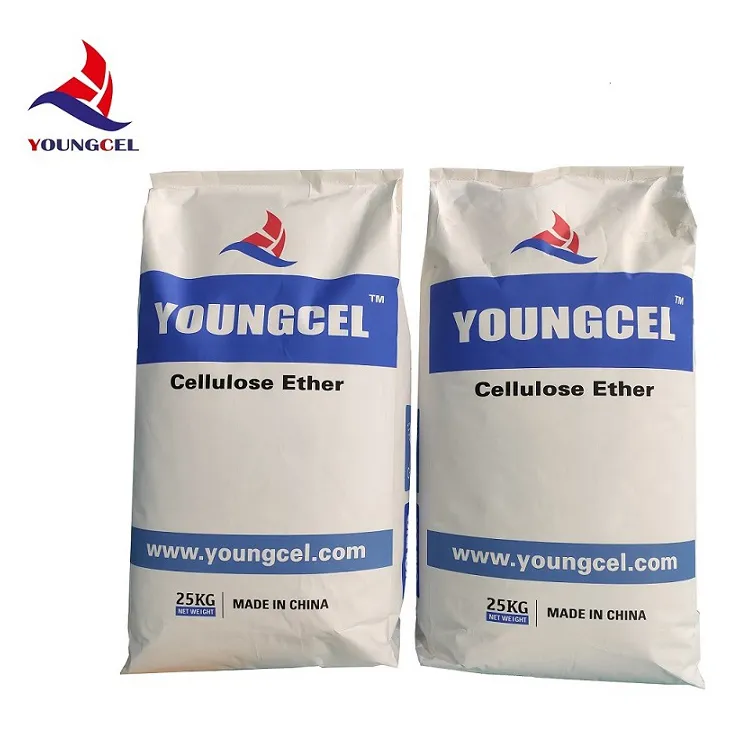The Versatile World of Cellulose Nature's Incredible Polymer
Cellulose is a remarkable organic polymer that forms the structural backbone of plant cell walls. Composed of glucose units linked together by β(1→4) glycosidic bonds, cellulose is not only the most abundant organic polymer on Earth but also plays a pivotal role in various ecological and industrial processes. Understanding cellulose is essential for appreciating its importance in nature, industry, and everyday life.
The Structure of Cellulose
Cellulose consists of long chains of β-D-glucose molecules that are arranged in a linear fashion, creating a rigid structure that provides strength and support to plant tissues. The chains are organized into microfibrils, which pack together to form a strong and insoluble fiber. This fibrous structure gives plants their shape and stability, allowing them to grow upright and withstand various environmental stresses.
One of the most interesting aspects of cellulose is its chemical resistance. Unlike starch, which is also made of glucose but is more readily digestible, cellulose resists enzymatic breakdown by most animals. This is primarily due to its crystalline structure and the presence of hydrogen bonds between cellulose chains, making it difficult to access those tightly packed chains. Consequently, cellulose cannot be digested by humans, although it plays a significant role in our diets as dietary fiber.
Cellulose in Nature
In nature, cellulose is crucial for the survival of many organisms. It is a primary component of wood and is responsible for the strength of trees and other plants. When plants are consumed by herbivores, specialized bacteria and microorganisms in the digestive systems of these animals break down the cellulose into simpler sugars, which can then be used for energy. This process is critical for the ecosystem as it facilitates the flow of energy through various trophic levels.
celulosa

Moreover, cellulose contributes to the carbon cycle. As plants photosynthesize, they absorb carbon dioxide from the atmosphere and convert it into glucose, which can be polymerized into cellulose. When plants die, the cellulose they contain is either broken down by decomposers, releasing carbon back into the atmosphere, or preserved in soils, contributing to long-term carbon sequestration.
Industrial Applications of Cellulose
The unique properties of cellulose have led to its utilization in various industrial applications. In the textile industry, cellulose is processed into fabrics such as rayon and lyocell, which are derived from wood pulp. These materials are favored for their breathability, moisture-wicking properties, and biodegradability, offering a more sustainable alternative to synthetic fibers.
Additionally, cellulose finds use in the production of paper and cardboard. The pulping process extracts cellulose from wood, allowing it to be transformed into high-quality paper products. Innovations in recycling and eco-friendly practices have made the paper industry increasingly sustainable, promoting the use of recycled cellulose fibers.
In the food industry, cellulose is recognized for its ability to enhance texture and stability. It serves as a thickening agent in sauces, a stabilizer in dressings, and a fat replacer in reduced-calorie products. Furthermore, cellulose is used in pharmaceuticals, where it acts as a binding agent in tablets and an excipient for drug delivery.
Conclusion
In summary, cellulose is an extraordinary polymer with diverse roles in nature and industry. Its structural integrity supports plant life, while its chemical properties enable a wide array of practical applications in our daily lives. As the world faces environmental challenges, the sustainable use of cellulose can help address issues such as waste reduction and resource conservation. Understanding and harnessing this renewable resource will be crucial for creating a sustainable future, making cellulose not just a simple polymer, but a key player in the health of our planet and our society.
-
Rdp Powder: Key Considerations for Wholesalers in the Building Materials IndustryNewsJul.08,2025
-
Key Considerations for Wholesalers: Navigating the World of Hpmc - Based ProductsNewsJul.08,2025
-
Hpmc Detergent: Key Considerations for WholesalersNewsJul.08,2025
-
Key Considerations for Wholesalers: China Hpmc For Tile Adhesive, Coating Additives, Concrete Additives, and MoreNewsJul.08,2025
-
Crucial Considerations for Wholesalers: Navigating the World of Construction MaterialsNewsJul.08,2025
-
Key Considerations for Wholesalers Sourcing Additive For Cement, Additive For Concrete, Additive For Putty from Additive Manufacturer Shijiazhuang Gaocheng District Yongfeng Cellulose Co., Ltd.NewsJul.08,2025




